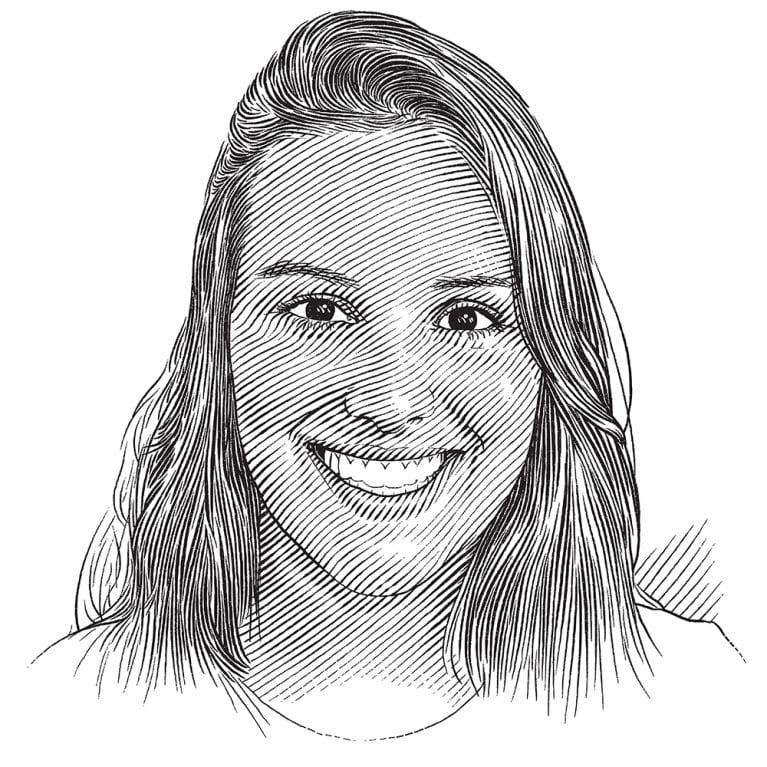Mariana Martins

Who I am
Born and raised in a small coastal city in southern Brazil, I have always lived near the sea. As far back as I can remember, I have wanted to be a biologist and could not think of any other career for myself. I guess that some part of this passion for the sea stems from my weekly visits to the local Oceanographic Museum and Marine Animal Rehab Centre as a child. I started my undergraduate degree at the Federal University of Rio Grande, studying skates and specifically the morphology, abundance and distribution of their egg capsules. During that period I had my first contact with a living elasmobranch: an embryo inside an egg capsule in the sand! I was so excited by that tiny little skate struggling to survive that, since that day, I have not been able to stop studying elasmobranchs. As I progressed from egg capsule collections to the reproductive biology of skates and atypical deep-water electric rays, I started to be concerned about the impact of urbanisation on these animals. This brought me to where I am now: a PhD candidate in physiological sciences at the Federal University of Rio Grande, trying to understand the effects of urbanisation, specifically contamination, on sharks and rays.
Where I work
This project takes place in two different cities. My host institution is located in the small coastal city of Rio Grande, southern Brazil. Rio Grande is very different from the stereotype of the Brazilian coast: it is cold, windy, there are no palm trees lining the beach and the water is dark in colour. At almost 220 kilometres (136 miles) long, Cassino Beach in Rio Grande State is considered to be the longest beach in the world, and about 180 kilometres (112 miles) of this shore is pristine, leading southward to Uruguay. By contrast, the Baixada Santista region is a highly populated and industrialised area in São Paulo State, with more than 1.8 million inhabitants. This region is characterised by great industrial and economic development, as well as urbanisation, although the impacts of this urbanisation on the coastal environment are yet to be determined. However, several contaminants of industrial, maritime and domestic origin have already been detected in the water. In addition, the largest harbour in South America is located here, which is of great concern when one considers its potential impacts on the marine fauna.
What I do
I am interested in the impacts of contaminants such as heavy metals, pesticides, pharmaceuticals and personal care products on sharks and rays. Yes, you read it correctly: pharmaceuticals and personal care products! Humans have been impacting aquatic environments with several different kinds of compounds, which are still being detected in rivers, lakes and even the ocean. In fact, marine animals have been in contact with these compounds for a long time and the main goal of my project is to understand how this contamination has affected two endangered elasmobranch groups in a highly impacted area: angel sharks and guitarfishes in south-eastern Brazil. In order to understand this, the first step is to analyse which contaminants have accumulated in these animals. With the support of the Elasmobranch Research Lab, we will obtain specimens of these species from local fishermen along the coast of São Paulo State, specifically the Baixada Santista region. Liver and muscle samples will be analysed at the Federal University of Rio Grande and the presence and amount of contamination will be evaluated. Thanks to the Save Our Seas Foundation, we will be able to provide a preliminary idea of the extent to which contaminants affect elasmobranchs in south-eastern Brazil and we will finally start to understand the impacts of industrial and domestic activities on elasmobranchs.
